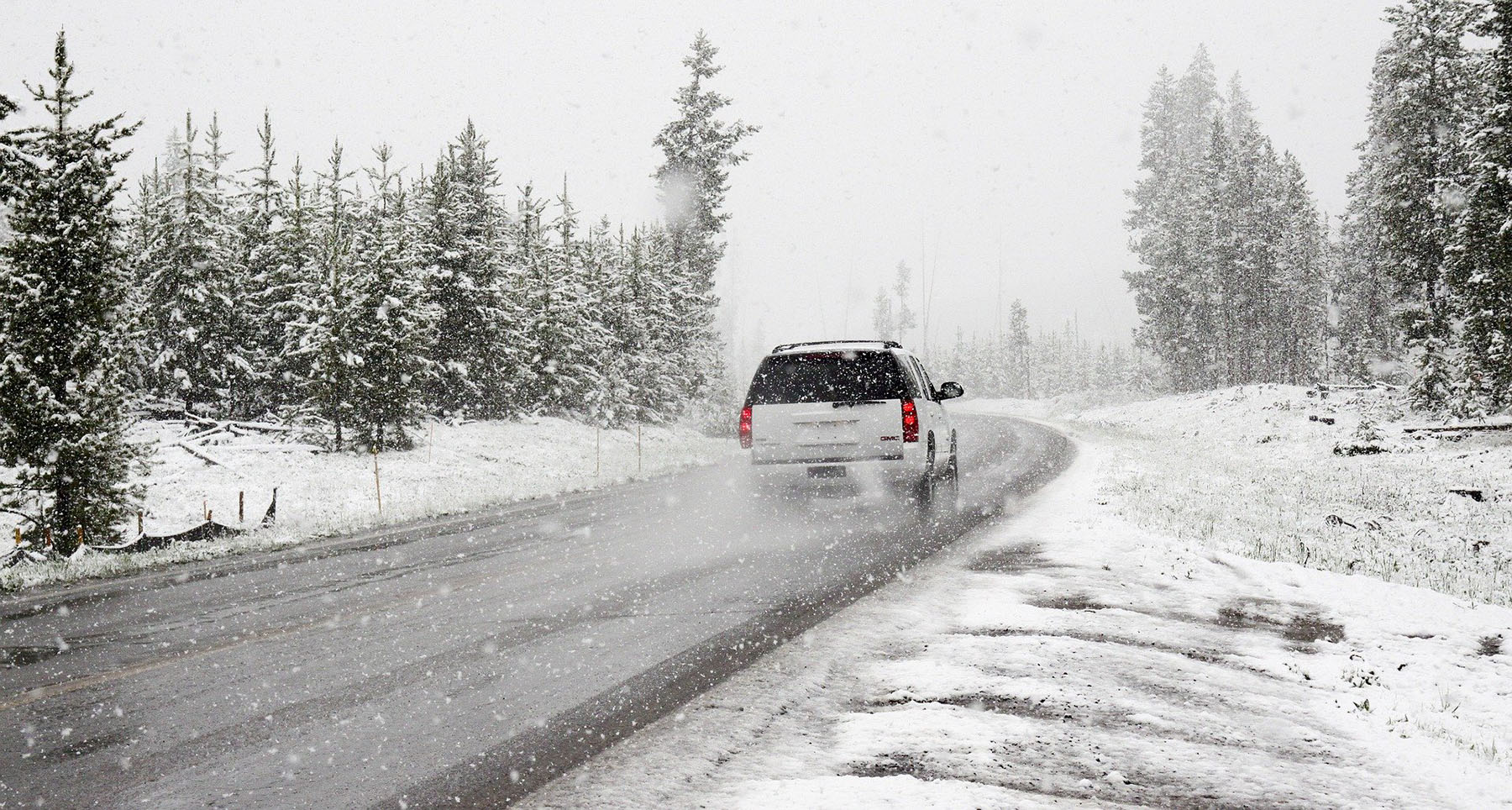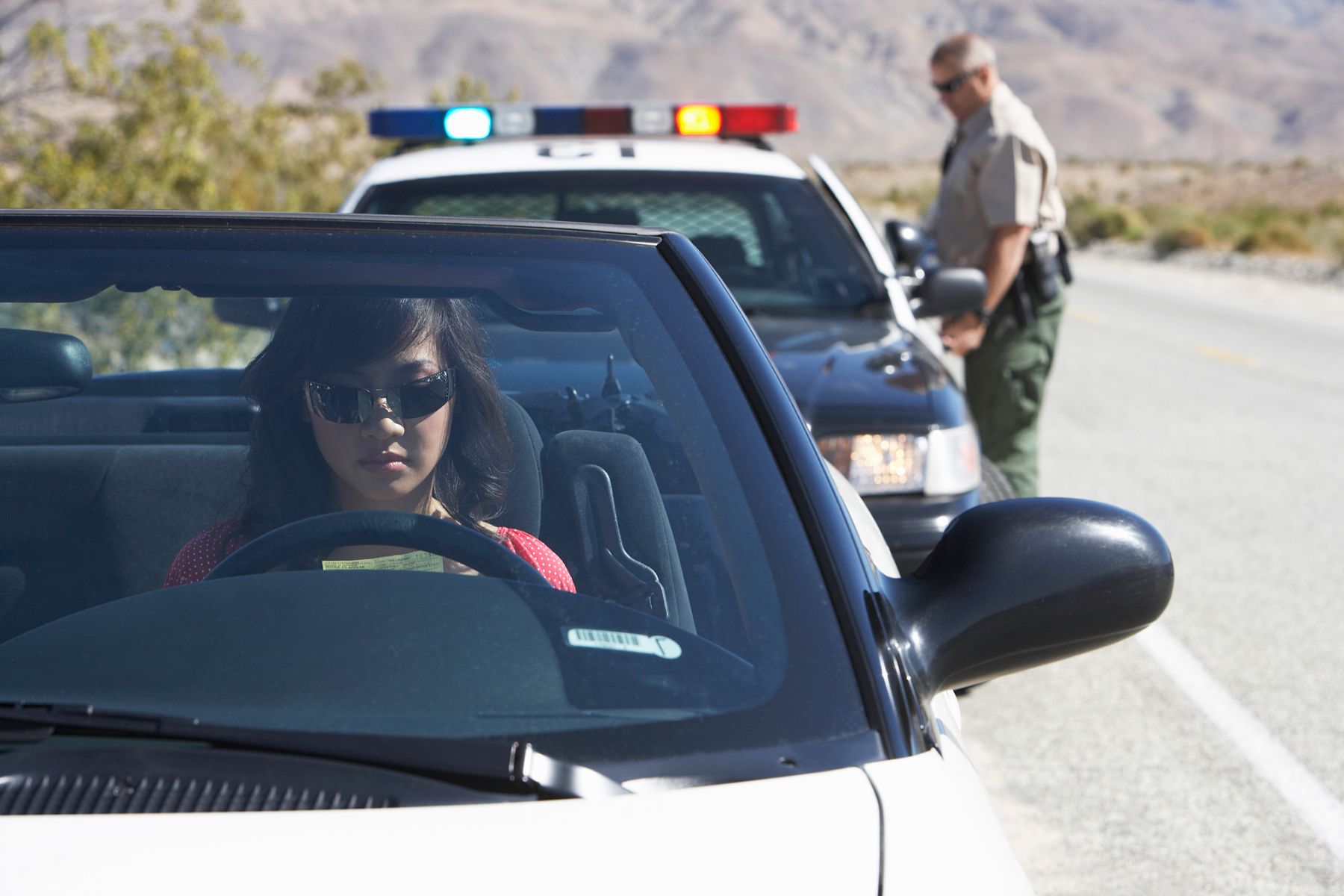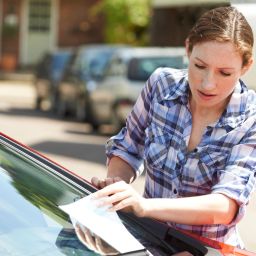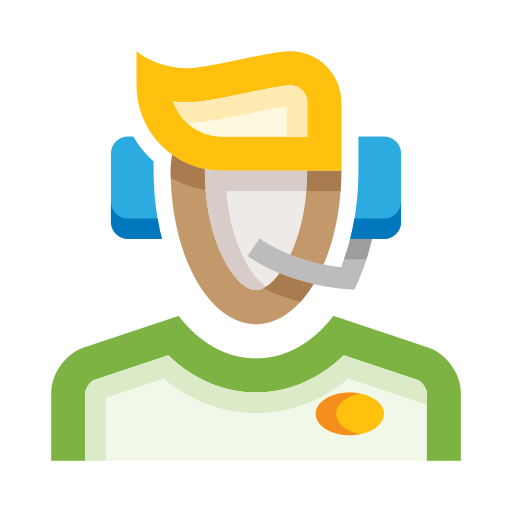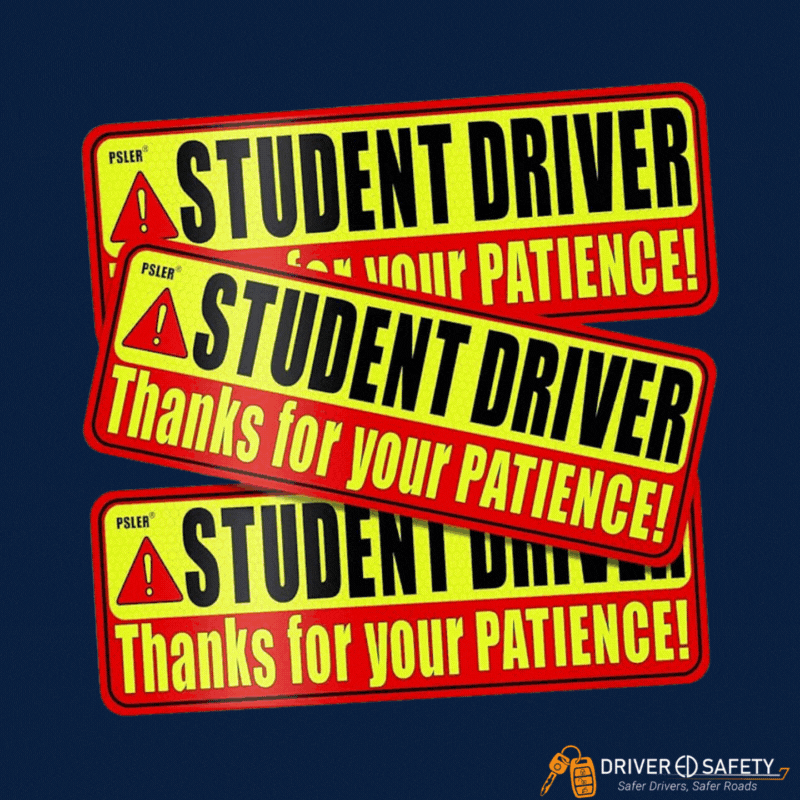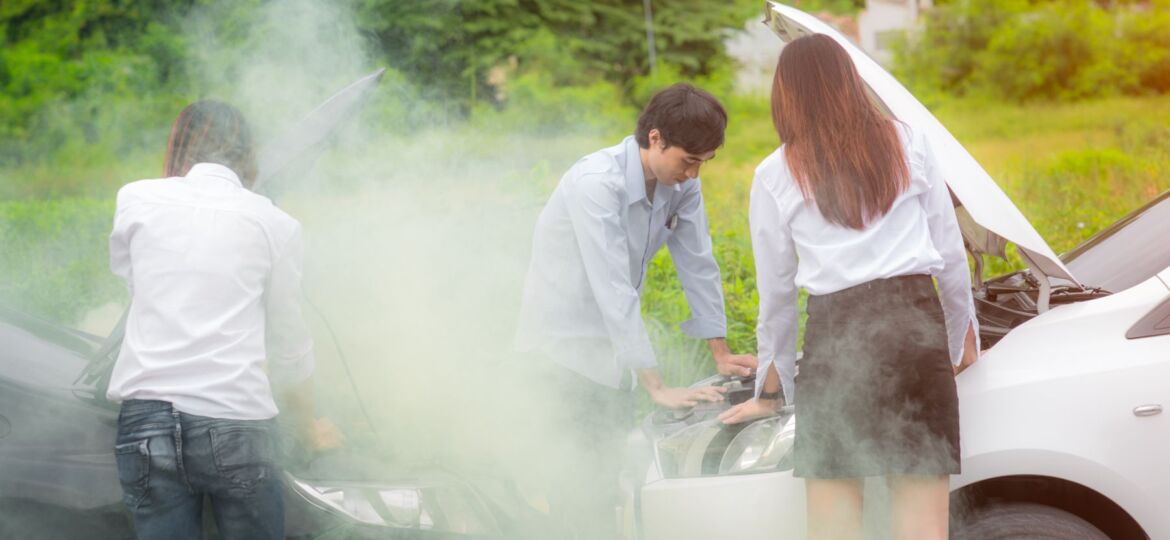
School’s out, and it’s finally summertime—a perfect time to cruise around with the windows down or even take a road trip. As the season changes and the temperature rises here in Indiana, there are some seasonal challenges you need to be prepared for as a driver on the open road. Specifically, what to do when your car overheats.
How Do Cars Overheat?
Your engine can overheat due to a lot of different causes. Generally, an engine will overheat because the cooling system isn’t working properly, so the heat can’t escape the engine compartment. Common causes for an overheated engine include a leak in the cooling system, a broken water pump, a clogged coolant hose, or a defective radiator fan.
No matter the cause of the issue, an overheating engine is a serious problem that you can’t procrastinate fixing. This could cause serious and even permanent damage to your engine—which is a pricey fix.
Know the Signs of Overheating
If you can catch the overheating issue early on and address it immediately, you can reduce the chance of causing irreversible damage to your engine. However, you must know and look for the signs of an overheating engine. Here are the key hints to look out for:
- An abnormal sweet smell is coming from the engine area. This is most likely the scent of leaking radiator fluid—also known as coolant or antifreeze.
- Steam (which can look like smoke) coming out from under the hood of your car.
- Your engine temperature gauge needle spikes to the red zone or “H” (as in hot). The symbols can vary depending on each car, so refer to your owner’s manual to get familiar with your temperature gauge.
- The “Check Engine” or “Temperature” light on your instrument cluster
What to Do When Your Car Overheats
Kill the AC and Crank the Heat
If your air conditioner is running, turn it off immediately. In fact, you’ll want to crank the heat on the hottest and highest setting. Yes, you heard that right. You may be thinking,, “why would I turn on the heat in the summertime?” Cranking the heat will divert the heat away from the engine to help it cool down.
Safely Pull Over
Find a safe place to pull over and turn off the engine. Allow the engine to cool down for at least 15 minutes. Monitor the temperature gauge and wait until it moves back to the normal range.
Make a Plan
While you wait for your engine to cool down, you need to come up with a plan to get your engine checked out. Call a family member or friend for help. If you know you’re close to an auto shop, you may be able to drive your car there (with caution). If you are not confident in driving it there, you’ll want to call a towing company to arrange for your car to be towed to a mechanic.
Inspect the situation
Once your engine has had time to cool down, you can open the hood and inspect what has happened. If your coolant level is low, a quick top-off can help protect your engine and prevent it from overheating until you’re able to bring your car to a professional. Keeping coolant handy as part of your emergency car kit can be helpful in situations like this.
Keep in mind that adding more coolant won’t help the situation if the coolant hose is clogged or if the entire problem stems from a broken water pump or radiator fan.
Restart the Engine
If you will not be towing your car, you can restart the engine once you have waited 15 minutes for it to cool down. If you plan on driving the car to a mechanic yourself, drive with caution and carefully monitor the temperature gauge. If the temperature starts to rise high again, pull over and let the system cool down again.
What to NOT Do When Your Car Overheats
Avoid Panic
If you’re behind the wheel and sense that your car is overheating, stay calm. Drive with caution until you find a spot to pull over safely. Avoid any harsh breaking or aggressive swerving on the road.
Do Not Keep Driving
If you notice any of the signs that your car may be overheating, try to pull over as soon as you can to come up with a plan and give the engine time to cool off. If you avoid the problem and keep driving, you run the risk of causing permanent damage to your car. If you can’t get immediate help, prioritize getting it fixed as soon as you can. Putting more miles on your overheated engine will only make the matter worse.
Don’t Pop the Hood Immediately
It’s going to be pretty hot under the hood, and attempting to open your hood right after you park can lead to getting burned (by the steam or the heat in general). Remember to give your engine at least 15 minutes of rest before touching the hood.
Tips for Prevention
Your engine’s cooling system (controlled by the car thermostat) keeps coolant circulating through the engine and radiator. The cooling system reduces heat levels and protects the engine from corrosion. However, if the cooling system is malfunctioning, your engine’s temperature can rise to an intense level. Properly maintaining your cooling system can enhance the longevity of your engine and prevent it from overheating.
Every couple of months (or before embarking on a long drive), it’s a good idea to check the coolant level yourself. That way, you can check if you need to add more coolant before you’re met with the consequences (i.e., your car overheating).
How to Check The Coolant Level
- Release the hood
- Find the radiator reservoir—this usually looks like a white tank
- Look at the side of the reservoir to find the coolant level. A good spot for the level to be at is between the “low” and ”full” markings.
- If your coolant level is below the “low” marking, wait for your engine to cool off and then add more coolant. Check your owner’s manual for the correct fluid.
This summer, remember that when you take care of your car, your car will take care of you. Avoid the heat with proper maintenance and preventative measures you can do yourself to ensure smooth sailing (more like driving) all summer long.
Start learning about the tools needed to drive in various weather conditions today by registering for our Online Course, Traditional Course, or Behind the Wheel driving course.







